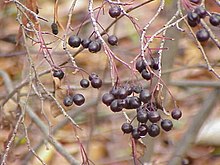Item Name: MelanotanⅠ Acetate
Molecular Formula: C78H111N21O19
CAS No.: 75921-69-6
Properties of Melanotan I Acetate:
density 1.43
storage temp. -20°C
solubility H2O: 5 mg/mL,
soluble form solid
Melanotan may refer to one of two separate peptides:
- Afamelanotide, originally developed under the names “Melanotan-1” or “Melanotan I” for skin tanning, a drug currently in trials in implant form as a prophylactic treatment for a series of light affected skin disorders and potential skin cancer preventative agent
Afamelanotide, developed at the University of Arizona, is a synthetic analog of the naturally-occurring melanocortin peptide hormone alpha-melanocyte stimulating hormone (α-MSH) that has been shown to induce skin pigmentation through melanogenesis and thereby subsequently reduce sun (UV) damage to UV exposed skin in preliminary studies and clinical trials. Its amino acid sequence is Ac-Ser-Tyr-Ser-Nle-Glu-His-D-Phe-Arg-Trp-Gly-Lys-Pro-Val-NH2 or [Nle4, D-Phe7]-α-MSH.
- Melanotan II, a drug originally developed as a skin tanning agent, but subsequently investigated as a potential treatment for sexual dysfunction









